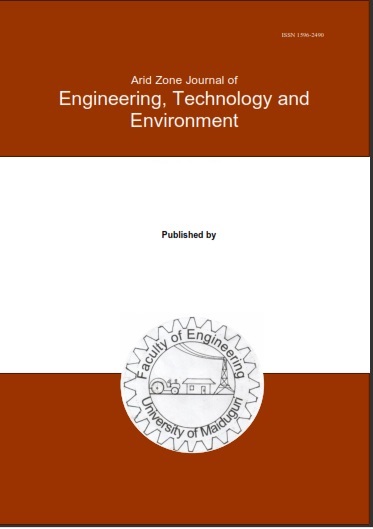Abstract
This study reported herein was conducted at the Institute for Agricultural Research (IAR) irrigation site, Kadawa, Kano State, Nigeria during the 2016/17 and 2018/19 irrigation seasons (The 2017/18 trial failed due to emergency repairs that led to shut-down of the main channel from Tiga dam for four weeks). The main aim of the research is to use field data to calibrate and validate AquaCrop model to simulate tomato yield and water responses in Northern Nigeria. AquaCrop model was calibrated and validated using the 2016/17 and 2018/19 season field trial data respectively. The evaluated results indicated that the model was able to simulate tomato fruit and biomass yield, seasonal crop water use and fruit water productivity at harvest satisfactorily in full ETc and water stress condition. Also, AquaCrop model was able to simulate fruit yield and biomass yield along the crop growth stages with sufficient accuracy but fails to simulate Canopy cover (CC) accurately during the initial stage as indicated by normalized root mean square error (NRMSE), Nash-Sutcliffe model efficiency (EF), Willmott’s index of agreement (d) and coefficient of residual mass (CRM) values of 88%, 0.75, 0.89 and -0.88 respectively. However, the model was able to simulate CC relatively well during the development and middle stages with a tendency of over-predicting CC by about 2% in development stage and under-predicting CC by about 11% during the middle stage. Furthermore, the AquaCrop model was found to be simple, robust, require minimal input data and accurate in simulating soil water balance, fruit and biomass yield of tomato. Therefore, it is recommended for used in evaluation of irrigation scheduling and water management strategies that will improve crop water productivity of tomato crop in Northern Nigeria.

This work is licensed under a Creative Commons Attribution-NonCommercial-NoDerivatives 4.0 International License.
Copyright (c) 2025 ARID ZONE JOURNAL OF ENGINEERING, TECHNOLOGY AND ENVIRONMENT

